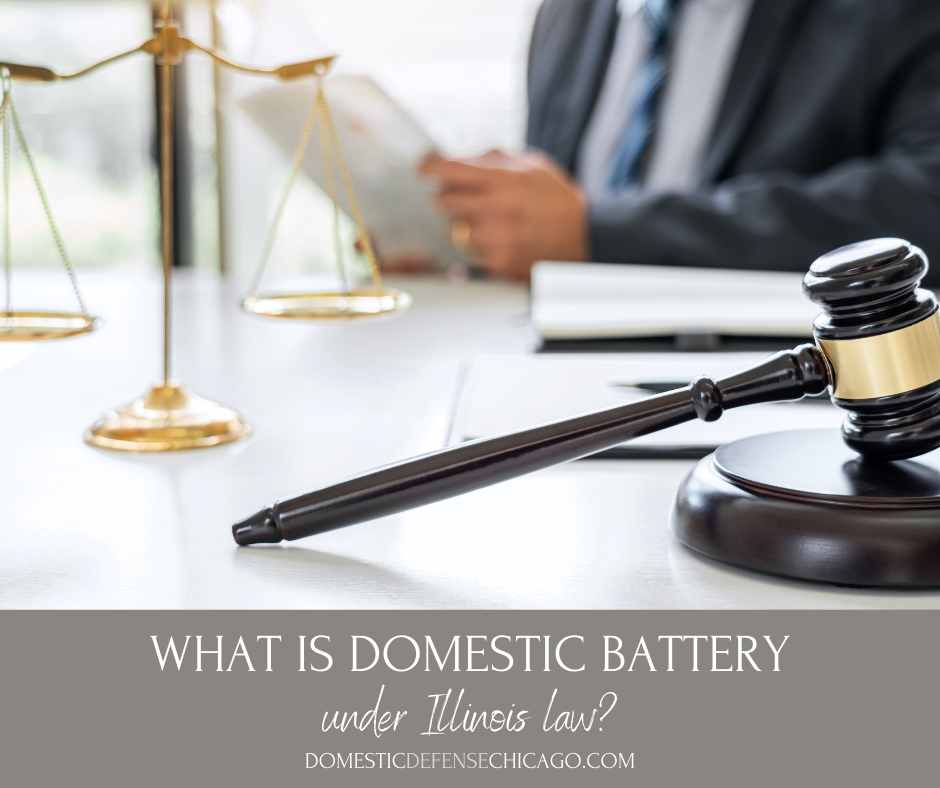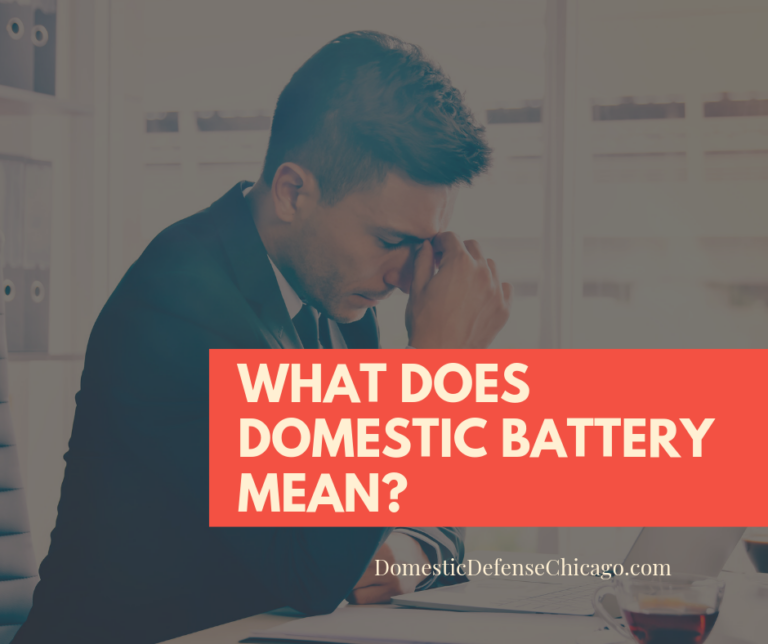Definition and Legal Framework

Domestic battery is a serious offense that involves the unlawful use of force against another person within a domestic relationship. This crime carries significant legal consequences and can have a devastating impact on the victims involved.
Defining Domestic Battery
Domestic battery is defined as an intentional act that causes physical harm or offensive contact to another person, and this act occurs within a domestic relationship. The legal definition of domestic battery varies from state to state, but it generally involves the following elements:
Elements of Domestic Battery
To establish domestic battery, the prosecution must prove the following elements beyond a reasonable doubt:
- An intentional act: The defendant must have acted intentionally, meaning they acted with the purpose of causing harm or offensive contact.
- Physical harm or offensive contact: The defendant’s actions must have resulted in physical harm to the victim or offensive contact. Physical harm can include any injury, pain, or illness, while offensive contact refers to any unwanted touching.
- Domestic relationship: The defendant and the victim must be in a domestic relationship. This relationship can include spouses, former spouses, cohabitants, dating partners, or family members.
Examples of Domestic Battery
Examples of acts that qualify as domestic battery include:
- Punching, kicking, or slapping another person
- Choking, strangling, or biting another person
- Pushing, shoving, or grabbing another person
- Spitting on another person
- Throwing objects at another person
Domestic Battery vs. Assault and Battery, What is domestic battery
Domestic battery is closely related to assault and battery, but there are some key differences. Assault is an intentional act that creates a reasonable apprehension of imminent harmful or offensive contact. Battery, on the other hand, involves the actual harmful or offensive contact. Domestic battery is a specific type of battery that occurs within a domestic relationship.
Types of Domestic Battery Offenses and Penalties
The penalties for domestic battery vary depending on the severity of the offense and the jurisdiction. Here is a table outlining the different types of domestic battery offenses and their corresponding penalties:
| Type of Domestic Battery | Penalty |
|---|---|
| Simple Domestic Battery | Misdemeanor, typically involving fines, probation, or a short jail sentence |
| Aggravated Domestic Battery | Felony, involving longer prison sentences and potentially fines |
| Domestic Battery with a Weapon | Felony, carrying significant prison sentences and fines |
Causes and Consequences: What Is Domestic Battery

Domestic battery, a prevalent issue with devastating consequences, is rooted in a complex interplay of factors. Understanding these causes is crucial for effective prevention and intervention strategies. This section delves into the multifaceted causes of domestic battery and explores its profound impact on victims, families, and communities.
Causes of Domestic Battery
The root causes of domestic battery are multifaceted and often intertwined, making it a complex issue to address. Some common factors contributing to its occurrence include:
- Power and Control: Domestic battery is often used as a tool to exert power and control over a partner. The abuser may use violence to maintain dominance, enforce their will, and instill fear in the victim.
- Substance Abuse: Alcohol and drug abuse can significantly increase the risk of domestic violence. Substance abuse can impair judgment, reduce inhibitions, and escalate anger, making individuals more likely to engage in violent behavior.
- Mental Health Issues: Mental health conditions, such as depression, anxiety, and personality disorders, can also contribute to domestic violence. Individuals struggling with these conditions may have difficulty managing their emotions and impulses, leading to aggressive behavior.
- Social and Cultural Factors: Societal norms, cultural beliefs, and gender roles can influence attitudes towards domestic violence. In some cultures, violence against women may be normalized or excused, making it more likely to occur.
- Past Experiences of Violence: Individuals who have experienced violence in their own childhood or have witnessed domestic violence in their families are more likely to engage in abusive behavior themselves.
- Lack of Resources and Support: Limited access to resources, such as affordable housing, job opportunities, and support services, can increase the vulnerability of individuals to domestic violence.
Consequences of Domestic Battery
Domestic battery has far-reaching consequences, inflicting physical, psychological, and social harm on victims and their families. The impact of domestic violence can be long-lasting, affecting victims’ well-being for years to come.
Psychological Consequences
Domestic battery can have severe psychological consequences for victims, including:
- Post-Traumatic Stress Disorder (PTSD): Victims of domestic battery often develop PTSD, characterized by flashbacks, nightmares, anxiety, and avoidance behaviors.
- Depression and Anxiety: Domestic violence can lead to depression, anxiety, and other mental health problems. Victims may experience feelings of hopelessness, worthlessness, and fear.
- Low Self-Esteem: Domestic battery can severely damage victims’ self-esteem, leading them to believe they are not worthy of love or respect.
- Substance Abuse: Victims of domestic violence may turn to alcohol or drugs as a way to cope with the trauma and stress they experience.
Physical Consequences
Domestic battery can also result in serious physical injuries, including:
- Bruises, Cuts, and Fractures: Physical assaults can cause bruises, cuts, broken bones, and other injuries.
- Chronic Pain: Victims may experience chronic pain due to injuries sustained during domestic violence.
- Head Injuries: Domestic battery can lead to head injuries, including concussions, which can have long-term consequences.
- Sexual Assault: Domestic battery often includes sexual assault, which can have devastating physical and emotional consequences.
Impact on Families and Communities
Domestic battery has a ripple effect, impacting not only victims but also their families and communities.
- Family Instability: Domestic violence can lead to family instability, separation, and divorce. Children exposed to domestic violence are at increased risk of developing behavioral problems, academic difficulties, and mental health issues.
- Community Safety: Domestic violence is a serious public safety concern. It can create a climate of fear and insecurity within communities, making it difficult for residents to feel safe in their own homes.
- Economic Costs: Domestic violence has significant economic costs, including healthcare expenses, lost productivity, and legal fees.
Impact of Domestic Battery on Victims of Different Ages and Genders
The impact of domestic battery can vary depending on the age and gender of the victim.
| Age/Gender | Impact |
|---|---|
| Children | Witnessing domestic violence can have a profound impact on children’s emotional and psychological well-being. They may develop behavioral problems, anxiety, depression, and difficulty forming healthy relationships. |
| Teenagers | Teenagers who experience domestic violence may be at increased risk of substance abuse, risky sexual behavior, and self-harm. They may also have difficulty in school and struggle with social relationships. |
| Women | Women are disproportionately affected by domestic violence. They are more likely to experience severe physical injuries, psychological trauma, and economic hardship. |
| Men | Men are also victims of domestic violence, although they are less likely to report it. They may experience similar psychological and physical consequences as women. |
Timeline of Domestic Battery
Domestic battery often follows a predictable pattern, progressing from initial incidents to potential outcomes.
- Initial Incidents: The first incidents of domestic violence may involve verbal abuse, threats, or minor physical assaults. Victims may initially downplay the severity of the abuse or believe that it is an isolated incident.
- Escalation of Violence: Over time, the frequency and severity of the violence may escalate. The abuser may become more controlling and manipulative, isolating the victim from friends and family.
- Fear and Isolation: Victims may become increasingly fearful and isolated, feeling trapped in the abusive relationship. They may be reluctant to seek help due to shame, fear of retaliation, or lack of resources.
- Seeking Help: Victims may eventually reach a breaking point and seek help from family, friends, or professional organizations.
- Legal Action: Victims may choose to pursue legal action against their abuser, seeking a restraining order or criminal charges.
- Recovery and Healing: Recovery from domestic violence is a long and challenging process. Victims may need therapy, support groups, and other resources to heal from the trauma they have experienced.
Prevention and Intervention

Preventing domestic battery is a crucial step in protecting individuals and families from the devastating consequences of this crime. A multi-faceted approach involving education, community support, and intervention programs is essential to address the root causes and create a safer environment for all.
Strategies for Preventing Domestic Battery
Preventing domestic battery requires a comprehensive approach that addresses the underlying factors contributing to violence.
- Promoting Healthy Relationships: Education programs focused on healthy communication, conflict resolution, and respect can equip individuals with the skills to build strong and peaceful relationships.
- Addressing Substance Abuse: Alcohol and drug abuse can significantly increase the risk of domestic violence. Providing access to substance abuse treatment and support services is vital.
- Raising Awareness: Public awareness campaigns can help break the silence surrounding domestic battery, encourage victims to seek help, and empower bystanders to intervene.
- Early Intervention: Identifying and addressing risk factors early on, such as controlling behavior, jealousy, and threats, can prevent escalation to violence.
Role of Law Enforcement and Social Services
Law enforcement and social services play critical roles in responding to domestic battery cases and supporting victims.
- Enforcement of Laws: Law enforcement agencies are responsible for investigating domestic battery reports, arresting perpetrators, and ensuring the safety of victims.
- Providing Support Services: Social services organizations offer a range of resources to victims, including emergency shelter, counseling, legal assistance, and support groups.
- Collaboration: Effective collaboration between law enforcement and social services agencies is crucial to provide comprehensive support and ensure the safety of victims.
Importance of Seeking Help
Seeking help is a courageous step for victims of domestic battery.
- Breaking the Cycle: Seeking support can help victims break free from the cycle of violence and begin the healing process.
- Access to Resources: Victims can access essential resources, such as safe housing, counseling, and legal assistance, to rebuild their lives.
- Protecting Yourself and Others: Seeking help can prevent further abuse and protect victims and their children from harm.
Steps to Take if Experiencing Domestic Battery
If you are experiencing domestic battery, it is crucial to seek help immediately. The following steps can help you navigate this challenging situation:
- Call 911: In an emergency, call 911 immediately.
- Reach Out to a Domestic Violence Hotline: National Domestic Violence Hotline: 1-800-799-SAFE (7233)
- Seek Medical Attention: If you have been injured, seek medical attention immediately.
- Document the Abuse: Keep a journal or log of incidents, including dates, times, and details of the abuse.
- Contact a Lawyer: Consult with a lawyer specializing in domestic violence cases to understand your legal rights and options.
Effectiveness of Intervention Programs
Intervention programs designed for perpetrators of domestic battery aim to address the underlying factors contributing to violence and promote accountability.
- Cognitive-Behavioral Therapy: This therapy focuses on changing negative thought patterns and behaviors that contribute to violence.
- Anger Management: Programs teach individuals healthy ways to manage anger and express emotions constructively.
- Substance Abuse Treatment: Addressing substance abuse issues is crucial, as it can significantly reduce the risk of violence.
- Group Therapy: Group therapy provides a supportive environment for perpetrators to learn from others and develop healthy coping mechanisms.